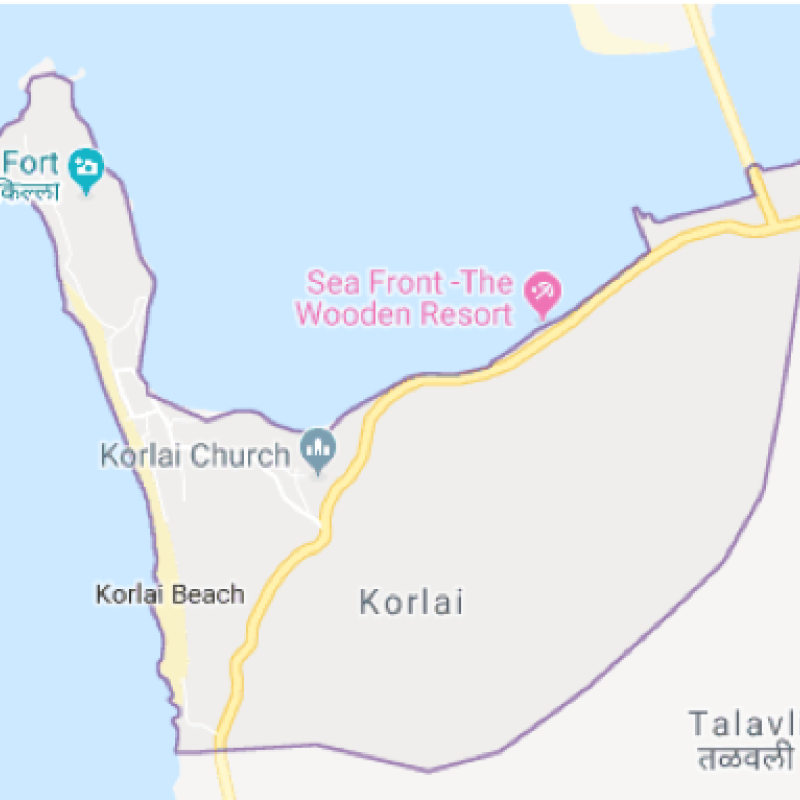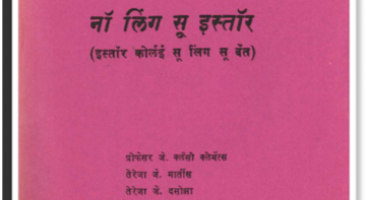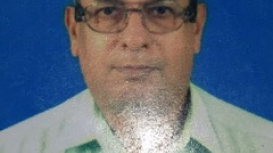Languages are living systems that undergo constant processes of structural and semantic changes. One such way in which languages change is through contact with other languages. When people speaking one language come in contact with another dominant language and start using it for various purposes, a creole (a mother tongue formed from the contact of a European language with local languages) is formed over the period of a few generations. This module explores one such Creole spoken in the tiny village of Korlai near Chaul in coastal Maharashtra. The Korlai Creole is a mixture of Portuguese and Marathi, and is locally known as Christi, pointing towards the mainly Christian population which speaks the language. The Portuguese came to Chaul, which was a prominent trading center and port, in the fifteenth–sixteenth century, and they influenced the population and culture of Korlai in many ways. Because of the Portuguese’s political and economic dominance, the people of Korlai started intermingling with them, thus leading to the formation of Korlai Creole. Along with this contact, the conversions to Christianity and later inquisitions also played an important role in the formation of this creole. There is an attempt to trace how the socioeconomic conditions of the people of Korlai impacted the formation of this language. The Kochi Portuguese Creole has become extinct and even the Korlai Creole is spoken by less than a 1,000 people. In such scenario, the module traces the importance of this language through the collection of folk stories of Korlai Creole published under the name ‘na ling su istura’, and tries to analyse the difference between these stories and local Marathi folk stories. The module also analyses the geographical, social and other reasons for the survival of this language despite being in constant contact with the dominant Marathi language for centuries, and suggests ways in which the language can be protected and preserved.
Indo-Portuguese Creole Language of Korlai, Maharashtra
in Module
Published on:

Neha Desai
Neha Desai is a graduate of Law from ILS Law College, Pune, and has completed her MA in Marathi and has also received the Junior Research Fellowship for the same. Her interest lies in cultural studies and gender studies, and she wishes to pursue a career in cross-cultural, interdisciplinary research work.


